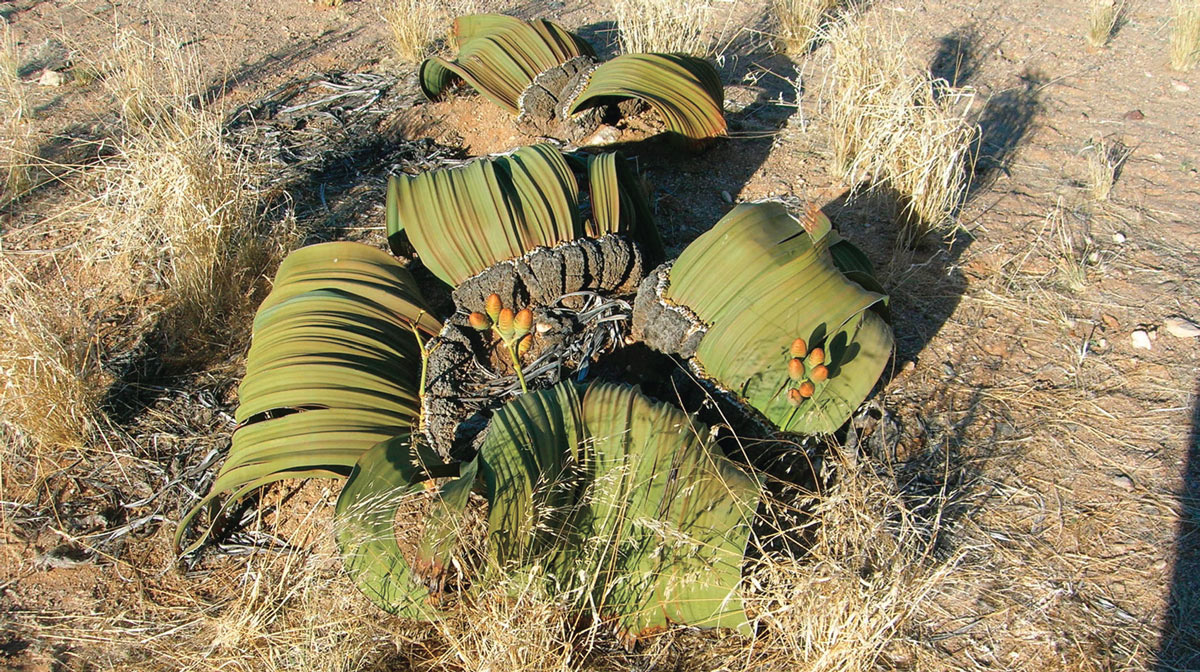The plant, named after the Austrian botanist Friedrich Welwitsch who first documented its ‘discovery’ in 1859, has always fascinated scientists because of its primitive nature. In addition to its scientific significance, Welwitschia is of considerable importance to the local ecosystem because it provides refuge, shade, food and water to many species of animals that inhabit the Namib. Although researchers have extensively studied the botany, physiology and ecology of Welwitschia plants, very little is known about the microbial communities associated with Welwitschia.
Dr Angel Valverde and his colleagues used 454 pyrosequencing to analyse the prokaryotic and fungal communities inhabiting the Welwitschia rhizosphere and compared them with those from the bulk soil. What they found was remarkable. The rhizosphere of Welwitschia harbours diverse and distinct bacterial and fungal communities compared to the bulk soil. Many of the genera consistently observed in the rhizosphere samples are known to contain strains with plant-growth promoting abilities (Acinetobacter, Sphingomonas, Rhizophagus, an arbuscular mycorrhizal fungus). Current investigations using culture-based approaches will help in elucidating whether or not these microbes interact synergistically to promote Welwitschia plant health and productivity.
